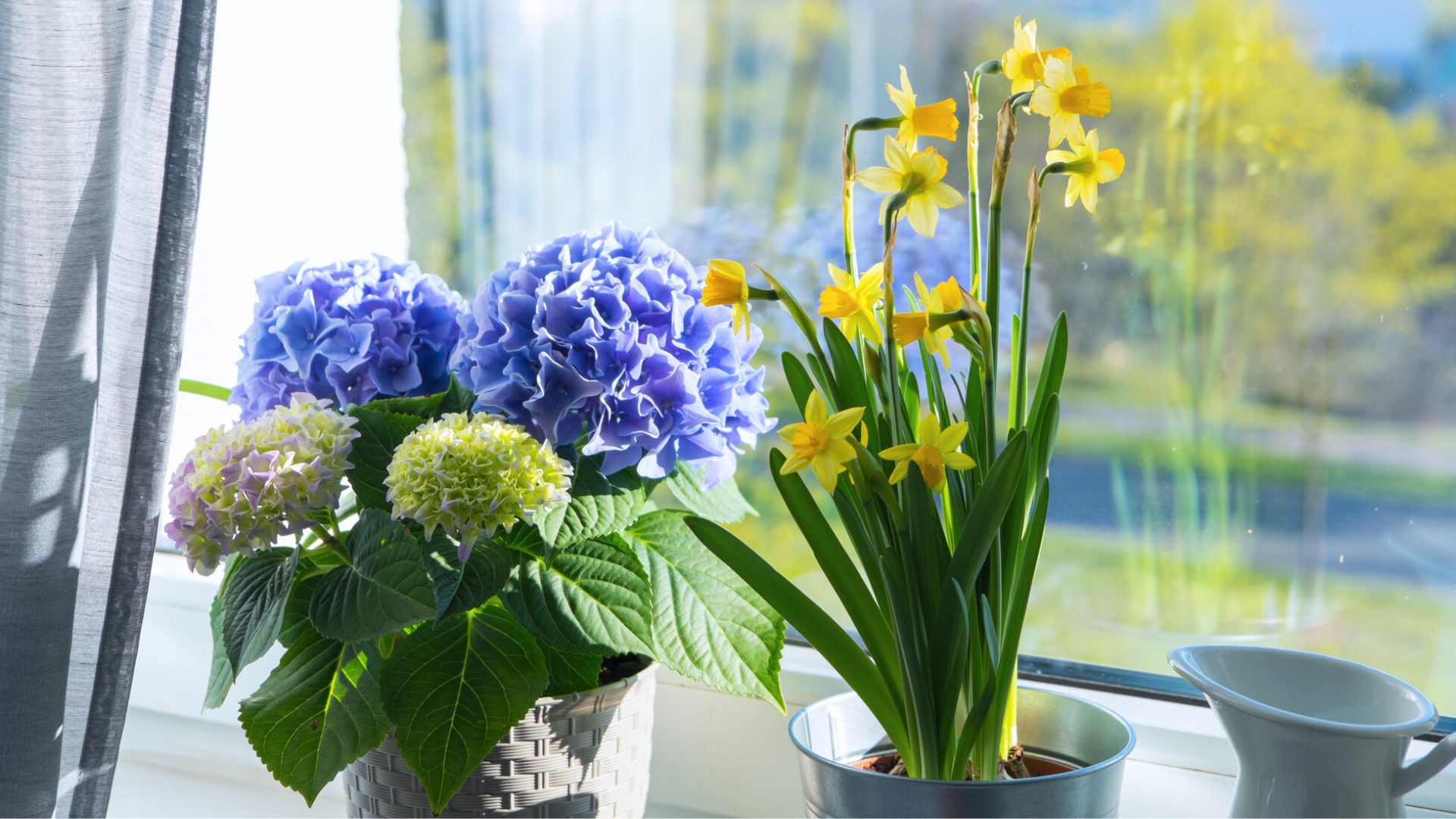Potted Hydrangea Houseplant – How To Care For Hydrangea Indoors
Embrace the beauty of hydrangeas indoors! These popular landscape plants can be grown and enjoyed as houseplants with the right watering, lighting and care.


Hydrangeas are beloved plants that lights up the landscape with large globes of dazzling color in spring and summer, but can hydrangea grow indoors? Can you grow hydrangea as a houseplant? The good news is that potted hydrangea plants are well-suited for indoor growing and are relatively easy to care for as long as you can satisfy the plant’s basic needs.
How to Care for Hydrangea Indoors
If the hydrangea is a gift, remove any foil wrapping. Keep in mind that hydrangeas sold during the holidays may not be hardy enough to survive indoors. If you’re serious about growing hydrangea as a houseplant, you may have better luck with a plant from a greenhouse or nursery.
Move the hydrangea into a large container filled with high quality potting mix. Place the plant where it receives bright light. Outdoor grown hydrangeas tolerate light shade, but indoor plants need plenty of light (but not intense, direct sunlight).
Water your potted hydrangea houseplant frequently when the plant is blooming but be careful not to overwater. Decrease the amount of water after blooming but never allow the potting mix to become bone dry. If possible, water potted hydrangea houseplants with distilled water or rainwater, as tap water generally contains chlorine and other chemicals.
Use a humidifier if the indoor air is dry or place the plant on a humidity tray. Hydrangea is happiest in a cool room with temperatures between 50 and 60 degrees F. (10-16 C.), especially during blooming. If the leaves turn brown and crispy on the edges, the room is probably too warm.
Protect the plant from drafts and heat sources. Feed the plant every week while the plant is blooming, using a water soluble fertilizer diluted to half strength. Thereafter, cut back to one feeding per month.
When growing hydrangea as a houseplant, a period of dormancy during fall and winter is recommended. Move the plant into an unheated room with temperatures around 45 degrees F. (7 C.). The potting mix should be kept on the dry side, but water lightly as needed to prevent the plant from wilting.
Sign up for the Gardening Know How newsletter today and receive a free copy of our e-book "How to Grow Delicious Tomatoes".

A Credentialed Garden Writer, Mary H. Dyer was with Gardening Know How in the very beginning, publishing articles as early as 2007.